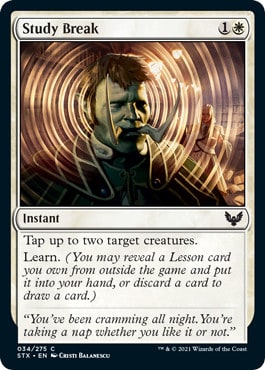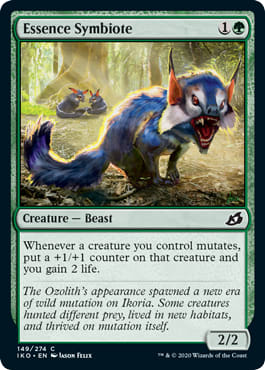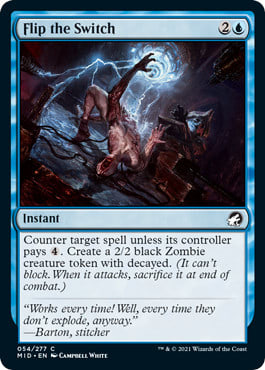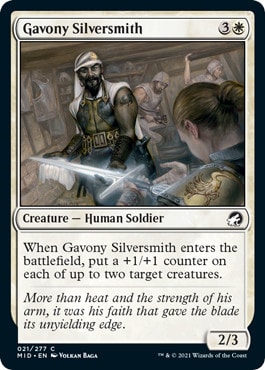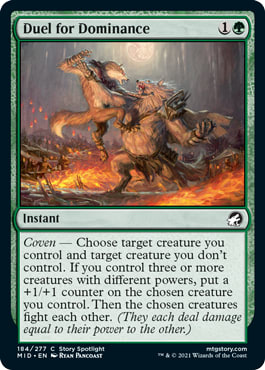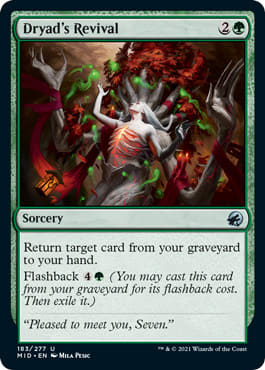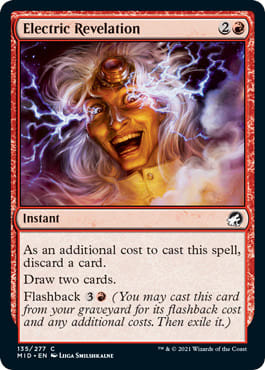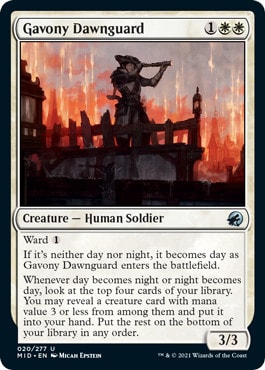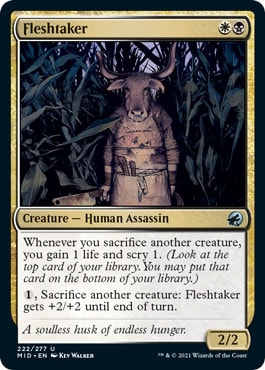For much of the 2010s, Magic's focus has largely been on Constructed.
Limited, once the crown jewel of Magic from the local game store all the way up to the heights of Pro Tour draft tables (and after-hours money drafts), had fallen a bit by the wayside for two major reasons. One was the advent of Commander (and to a lesser extent Cube Draft) as the casual format of choice, with the other being the adaptation of competitive events (especially the SCG Tour) to focus almost entirely on Constructed. This is a logical evolution for competitive events as there are no decklists for Limited events, which hurts both coverage and card sales.
However, this has begun to shift once again.
A large part of this is "real player" drafts finally coming to MTG Arena (as there were only bot drafts to start), but realistically it is the organic nature of Wizards of the Coast absolutely nailing the design for Limited environment after Limited Environment. In recent memory Strixhaven, Kaldheim, and Ikoria have all been wonderfully deep and rewarding sets to drafts, with tons of successful and interwoven themes.
This trend continues with Innistrad: Midnight Hunt, which has provided another deep and rewarding format that does an excellent job of writing its own rules that must be learned. There's a lot of synergy to be had amongst many of the cards in the set, which means that your drafting must be dynamic and able to adjust to the deck you're wanting to draft.
However, perhaps the most important thing is understanding these two key factors about the format as a whole.
This Is Not an Aggro Format
Put simply, it is very difficult to be purely aggressive in this format.
A key factor of this draft format is how much value is attached to so many cheap and efficient creatures. This is obvious when it comes to the disturb mechanic, as each creature is literally just two cards in one. Attacking into and trading with a Lunarch Veteran // Luminous Phantom or Baithook Angler // Hook-Haunt Drifter early on just feels awful, as your offense gets stunted as well as giving your opponent an additional resource at a very profitable exchange. There are also a ton of creatures that generate direct card advantage that also love to block like Eccentric Farmer and Organ Hoarder that make for poor exchanges as well.
There is also a huge quantity of cheap removal across all colors, which further helps to control aggressive starts. The removal is much cheaper on average as well, as the Black removal spells cost one, two, and three mana, and the Red cost one, three (sometimes two), three (sometimes one), and five mana. Even the non-removal colors get in on the cheap removal action with cards like Candletrap and Duel for Dominance, meaning that if there's a creature that is central to your plan of attack your opponent can usually dispose of it.
With that being said, that means it has to be a pretty good control format then, right?
This Is Not a Control Format
Wait... what?
The aggro decks aren't able to put up fast starts and the removal spells are all awesome - that sure sounds like a recipe for a controlling format to me! Stock up on those good removal spells, find some card draw, draft a few big win conditions are you're good to go right?
Not really.
Can you imagine trying to beat Shadowbeast Sighting with one for one removal? How about Ecstatic Awakener? How about Organ Hoarder? How about Organ Hoarder that dumps a disturb creature into the graveyard? And these are all commons. Oh, and that nice 5- or 6-drop finisher you were planning on playing? There's plenty of removal to handle that one as well.
There's a ton of card advantage to be had in Innistrad: Midnight Hunt draft, but most of it comes in the form of something on the battlefield that produces more material. This is what makes it hard to fall behind against aggro decks, but also what makes trying to play a purer controlling strategy apt to fail as well.
The card advantage engines in the format, of which there are a lot, almost all play to the board. This means that they play great defense, but also great offense, which can't be kept up with by just trying to kill things. So, what does this mean? It means that you need to play to the board too!
Card advantage avenues like Vivisection which would normally play pretty well in this format are just a path to being left behind on the board, unable to make time for all the cards you've just drawn. Vivisection is a real trap card because it looks like it would be so good with all the decayed tokens shambling around, but tapping four mana to not affect the board is a huge cost, especially when there are so many other ways to gain card advantage.
This means the best cards in the format are the ones that help to accrue card advantage over time, while also presenting a good rate and board presence. These cards can attack, they can block, but given enough time they will also accrue cards for you to win an attrition battle. Almost all of the disturb cards fall under this umbrella, but look out for top uncommons like Gavony Dawnguard and Morbid Opportunist as well.
Be ready to grind! Make sure your deck has a plan for each stage of the game, as just playing some 2-drops and pump spells is not going to be enough this time around.
A Word on Decayed Zombie Tokens
I wanted to focus more on the big picture today, but I do need to get a few words in about Decayed Zombie tokens.

One of the major hallmarks of the format as well as a key part of the very popular Dimir Zombies archetype, learning to play with and against Decayed zombie tokens is a huge part of drafting Innistrad: Midnight Hunt.
The most important thing to understand is that these tokens do not play much like creatures at all. In fact, they're much more like a food token than a creature token - They can't block, they essentially attack as a Lava Spike, and are mostly useful as a piece of material to do other things rather than something that creates a board presence.
If all your doing with your Decayed Zombie tokens is attacking for two and throwing them away, you are not getting full value.
This means that how highly you value your decayed token makers should be directly correlated with the number of uses you have for them. If you've got a Skaab Wrangler, three Siege Zombies, and a Morbid Opportunist in your pile, then you're going to value cards like Falcon Abomination even higher than your normally would, and vice versa.
It's not easy to get off the idea of thinking of them as creature tokens, but thinking of them as a non-creature type of material like food makes this distinction a lot easier.
Still Much to Learn
I've been enjoying the format a lot so far and still feel like I've got much to learn.
One thing I definitely have noticed is that the gameplay is very complicated, with many games being won or lost on thin margins and tight play. Don't be afraid to look back at the games themselves for where things are going wrong, as the draft is always extremely important but this feels like one of the most skill intensive formats for actual in-game play in a long time.
Also don't be afraid to buck the trends! Draft is inherently a self-correcting format and the secret about Dimir being awesome is certainly out. I've had a lot of success with both Simic and Azorius as well, although I definitely will admit I haven't figured out Red yet.
Good luck!
















